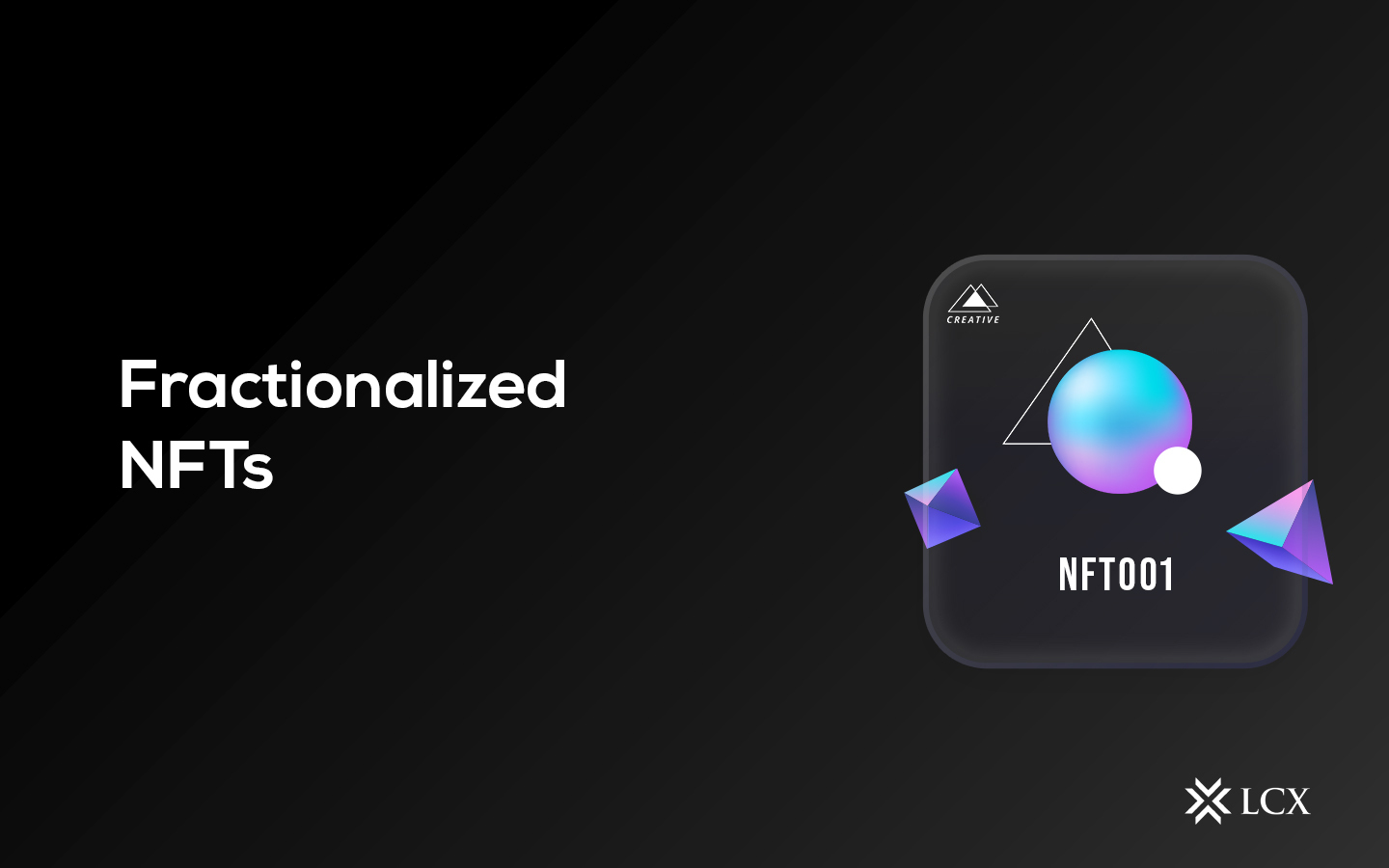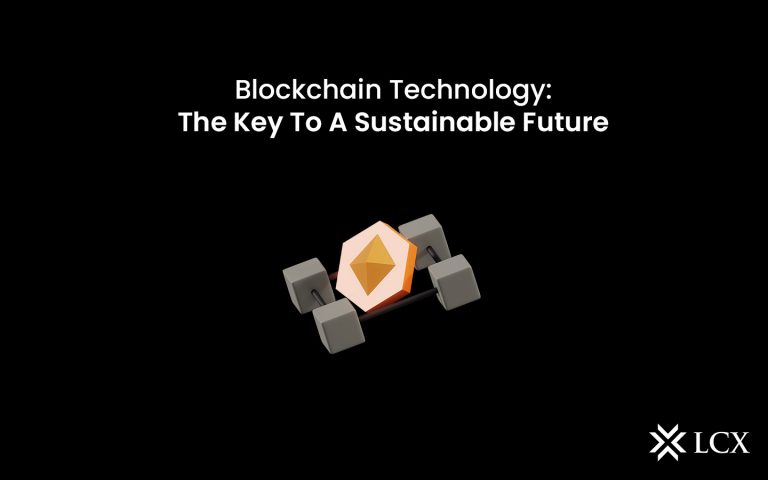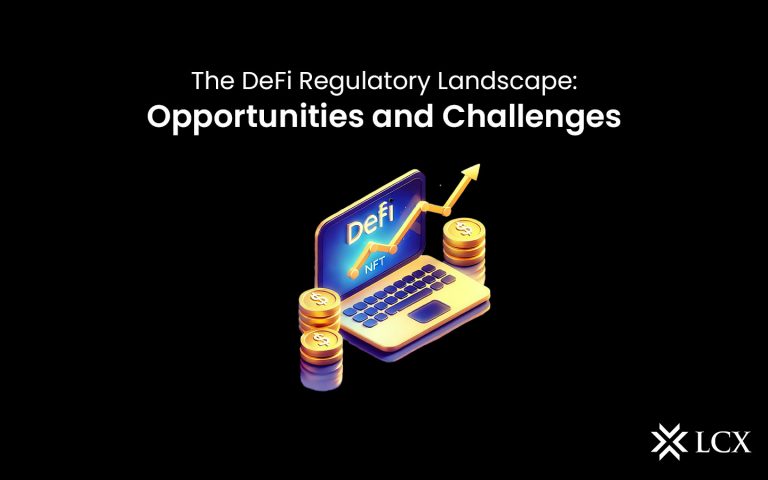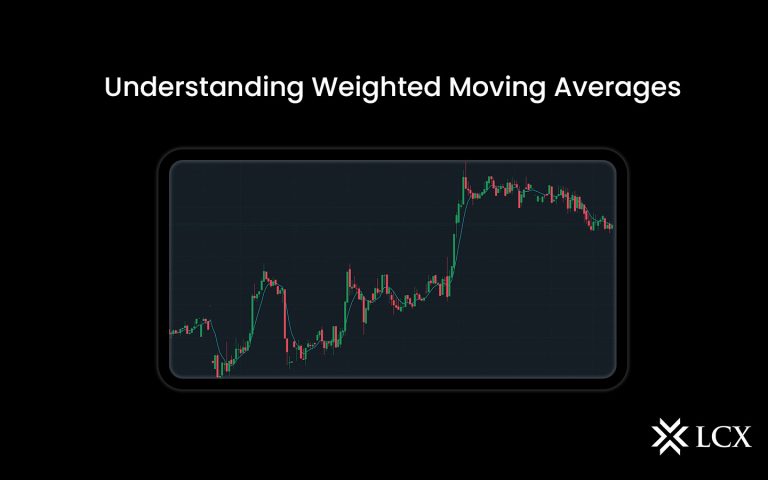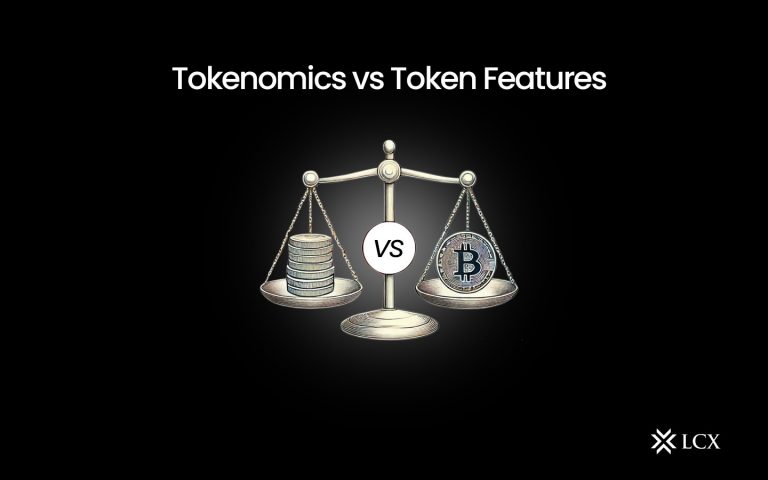Digital art has historically been marginalized due to its intangible and non-exclusive nature. This has now changed with the advent of NFTs. Any Internet user can download, save or copy and paste the digital artwork onto their personal devices to create an exact replica of the original. The commercialization of digital art involves transactional activities that require systematic protection. NFTs (non-fungible tokens) allow for such protection through blockchain, smart contracts, and cryptocurrency technology.
If you’ve followed the NFT craze, you know their most appealing feature is their guaranteed exclusive ownership. In essence, NFTs are unique one-of-a-kind tokens, which cannot be replicated or forged. The NFT revolution has led to plenty of headlines explaining what they are, not to mention their insane valuations with widespread adoption.
The world of NFTs since its inception has been continuously evolving and adding more use-cases, serving more purposes. Nearly every day, new NFTs are emerging, driving innovation in the space. Fractional ownership of NFTs is now being introduced as a new frontier, adding to the fun and simplicity that NFT innovations promote.
This exclusivity offered by NFTs, however, severely limits the use of assets held by NFT holders. New possibilities for NFTs have emerged through this quest, including the possibility of fractional ownership. Let’s take a deep dive into the world of fractional NFTs and understand how it works, and what are their benefits for investors?
What is a Fractionalized NFT (F-NFTs)?
In the crypto art world, fractionalized non-fungible tokens (F-NFTs) have become the latest craze. Fractionalized NFT introduces the concept of fractionalizing ownership of assets in order to make the benefits of ownership available to more people. In simple words, the process of fractionalizing an NFT is simply to divide its ownership into smaller fractions. Thus, many people can share ownership of a single NFT. Fractionalized NFTs are the next step in the growing crypto, blockchain, and decentralized sector.
Although NFTs have experienced tremendous success in the market and are capturing the attention of a wide range of creators and artists, there is sometimes a lack of liquidity associated due to the high price of certain artworks. This is the problem that fractionalization of NFTs can solve.
In 2018, Fractional Non-Fungible Tokens (F-NFTs) were introduced as a way to offer a new form of “shared ownership”. Projects such as Fractional or DAOfi are already using this new modality of NFTs.
How Do Fractionalized NFTs work?
The essence of an NFT is that it uses Ethereum’s ERC-721 standard. Like NFTs, F-NFTs are also enabled by smart contracts, which are codes stored on a blockchain and are executed automatically when predetermined conditions are met.
The Ethereum blockchain standard ERC-20 is used to create fungible tokens and ERC-721 is used to create Non-Fungible tokens (NFT). The process of fractionalization combines both these standards. Due to the fact that fungible tokens can be exchanged for another of their kind without losing value, a smart contract can be used to generate ERC20 tokens that are linked to an ERC721 token. The smart contract divides the ERC-721 token among a number of ERC-20 tokens in accordance with the NFT holder’s instructions. The owner describes how many ERC-20 tokens will be created, their price, and other details. Fractions, or ERC-20 tokens, represent a portion of the entire NFT. The fractions are then offered for sale at a set price until they’re sold out, or for a set period of time.
An NFT can be fractionally owned in this manner, with smart contracts securing the data which differentiates fractional NFT from other NFTs. The same principle applies to any blockchain network that supports smart contracts and NFTs, where the NFT is embedded within a smart contract on the blockchain, with multiple fungible tokens representing ownership.
Why do we need fractional NFTs?
There is a soaring demand for NFTs as the interest surrounding them grows. With each passing day, NFT prices continue to climb, making them too expensive for many people to afford.
Due to fractionalization, investors with limited funds can own small parts of the NFT without draining their bank accounts. Not only will this address the liquidity issue in the NFT market, but many small investors will be able to participate in the NFT frenzy.
Fractional NFTs provide the possibility of democratized ownership, which means even as the bidding price for NFTs increases, there is still abundant interest in that NFT because more people are able to participate at lower prices. Ownership of an NFT will not affect the overall value held by its stakeholders, even if one owner decides to sell.
The core features of NFT Fractionalization
Fair Participation: Participation is often difficult for smaller investors due to the high prices of some NFTs. The fractionalization of an expensive NFT lowers its ownership costs and makes it more accessible to a wider range of investors.
Valuation: The fractionalization of NFTs can provide mechanisms for determining the value of a given NFT. Tokenized assets can be valued by looking at the prices of fractionalized ERC-20 tokens since they are traded freely on the open market.
Liquidity: NFTs are unique tokens that cannot be duplicated or divided. NFT’s uniqueness restricts access to the investments, especially the valuable ones, to a small number of wealthy investors. F-NFTs offer a solution to this lack of liquidity owing to their ability to be easily traded in secondary markets.
What are the Benefits of NFT Fractionalization?
The NFT market could be kept moving by fractionalizing ownership of these high-end investments for investors with less money. The following are some of the benefits of fractional NFTs for investors and artists:
- F-NFTs benefit artists by effectively monetizing artistic works.
- Investors of all sizes can now own NFTs through F-NFTs.
- NFT owners can drive interest in their assets by offering greater participation through fractionalizing ownership.
- The creators of fractionalized NFTs can sell a fraction of their NFTs without having to sell the entire thing.
- An annual curator fee can be earned by owners who convert NFTs into F-NFTs.
